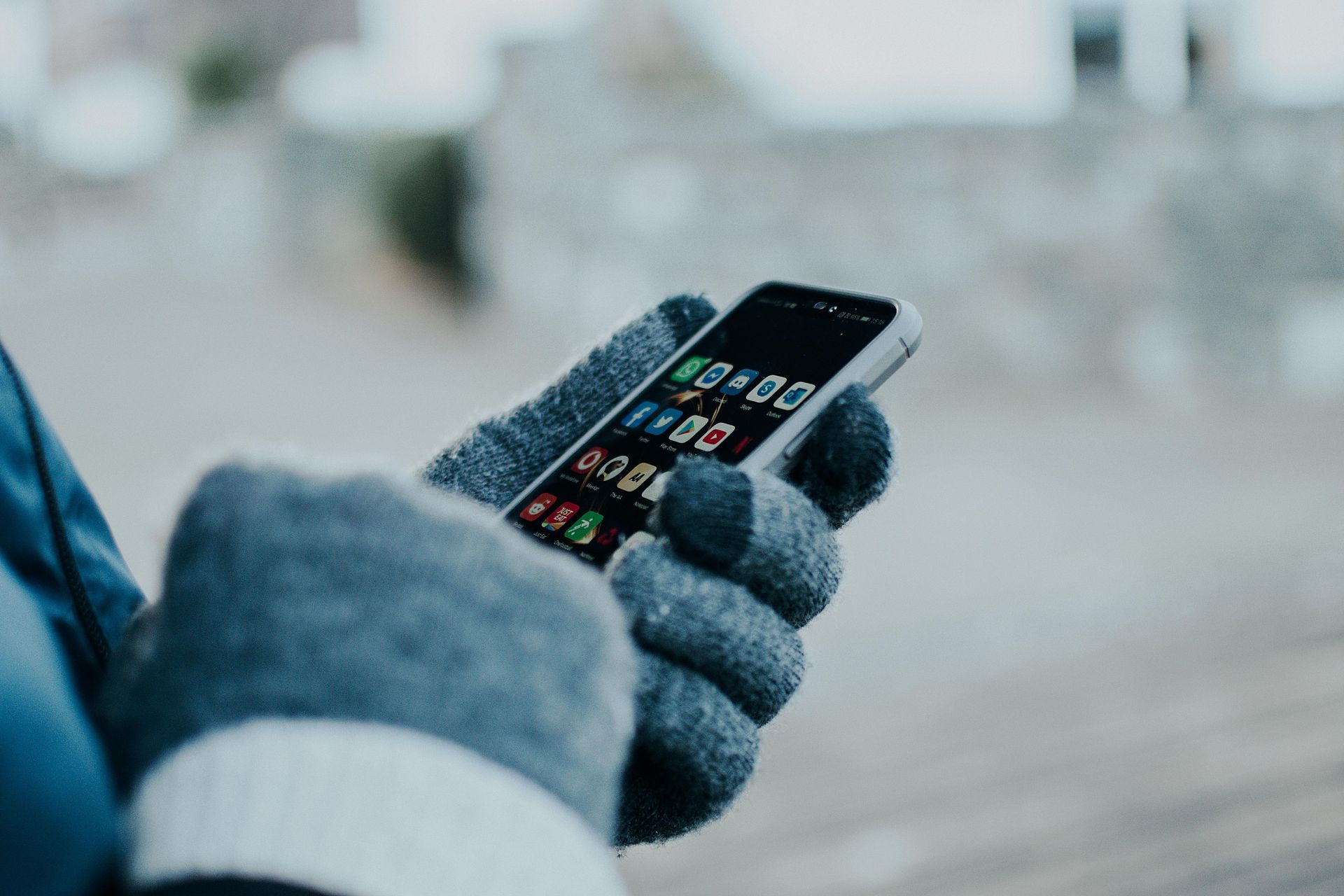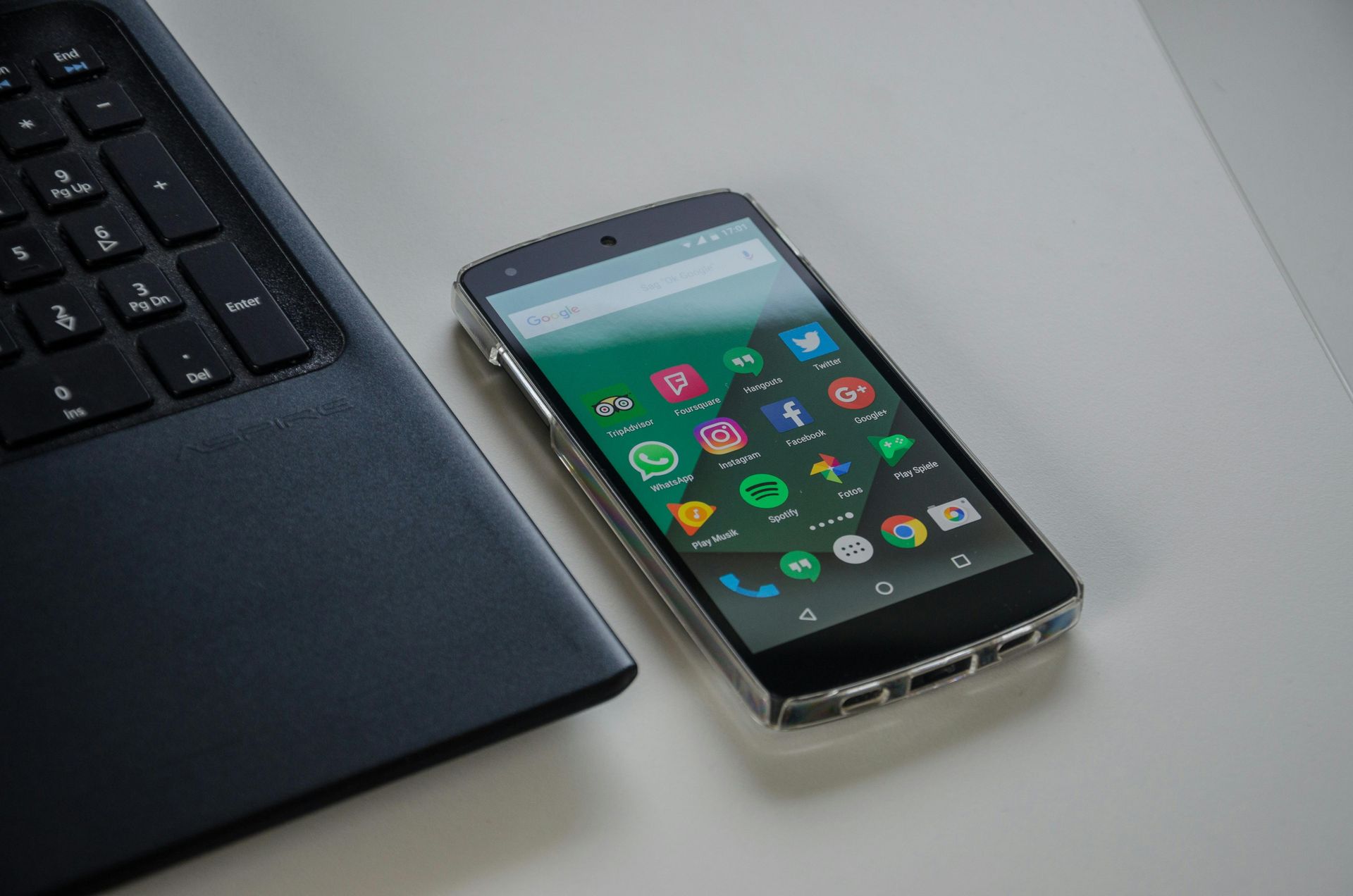Landing Pages & Funnels: The Silent Workhorses Behind Every Sale
They Don’t Brag, They Convert—Here’s Why Smart Businesses Never Launch Without Them

What Happens Between a Click and a Sale?
You’ve poured time and money into ads, SEO, content, and social media—but what happens after someone finally clicks?
If your answer is “they land on my homepage,” then chances are you’re leaving money on the table. In digital marketing, the magic—the part where interest turns into action—doesn’t happen on a homepage. It happens in the background, in places most people never see unless they’re ready to buy.
That magic lives in landing pages and funnels—the silent workhorses that quietly convert traffic into leads, and leads into customers. These tools aren’t just nice to have. They’re essential.
Let’s unpack why landing pages and funnels deserve center stage in your marketing strategy—and how they can transform clicks into predictable, profitable sales.
Chapter 1: The Role of a Landing Page (Hint: It’s Not to Look Pretty)
What Is a Landing Page?
A landing page is a standalone web page designed with one goal: conversion.
That might mean:
- Signing up for a webinar
- Downloading a lead magnet
- Booking a demo
- Making a purchase
Whatever the goal, a good landing page strips away distractions. No menus. No multiple CTAs. Just a clear value proposition and one path forward.
Why Homepages Don’t Convert
A homepage is like a lobby. It has doors to every room and directions everywhere. That’s great for general visitors—but awful for conversion.
Landing pages, by contrast, are laser-focused. They give your visitor exactly what they’re looking for, then guide them straight to the action.
Chapter 2: Funnels—The Bigger Picture
What Is a Funnel?
A funnel is the full journey someone takes from stranger to customer—and sometimes beyond. Funnels are broken into stages:
- Awareness – They find out you exist.
- Interest – They explore your solution.
- Decision – They consider their options.
- Action – They buy, subscribe, or sign up.
- Post-Sale – They get onboarded, upsold, or referred.
Each stage of the funnel should have content, messaging, and landing pages designed specifically for where the prospect is in their journey.
Funnels Aren’t Linear
Contrary to popular belief, most customers don’t move through funnels in a straight line. They might:
- Visit your site from an ad
- Leave
- See a retargeting email
- Sign up
- Wait a week
- Then buy
This is why your funnel needs to anticipate behavior and nurture leads patiently and strategically.
Chapter 3: Why They’re the Silent MVPs of Sales
1. They Pre-Qualify Your Leads
Well-crafted landing pages filter out unqualified leads. By making your value clear—and your call-to-action specific—you attract the right people, not just more people.
2. They Make Your Offer Irresistible
Every funnel is an opportunity to sell without selling. Using trust-building elements like:
- Social proof
- Testimonials
- Videos
- Case studies
- Value stacks
- Limited-time offers
—you build momentum that makes clicking “buy” a no-brainer.
3. They Do the Work While You Sleep
Funnels work 24/7. Whether someone’s visiting from an ad at 2 PM or a referral link at 2 AM, your funnel is always on—delivering the same experience, closing deals, and building your list.
Chapter 4: Anatomy of a High-Converting Landing Page
A great landing page isn’t designed just to look good—it’s built to perform. Here's what it includes:
- Headline: Clear, benefit-driven, and attention-grabbing.
- Subheadline: Expands on the headline and builds intrigue.
- Visual: A compelling image, video, or animation.
- Lead-in Paragraph: Speaks directly to a problem or desire.
- Call-to-Action (CTA): Clear, actionable, and visible throughout the page.
- Social Proof: Testimonials, logos, or statistics that build trust.
- Benefits List: Focused on outcomes, not features.
- Guarantee or Risk Reversal: Makes the decision feel safe.
- Urgency or Scarcity: Encourages immediate action.
Templates can help, but custom-designed landing pages—tailored to your audience and offer—win every time.
Chapter 5: Funnels in Action—Real Business Examples
1. Coaching Business Funnel
- Ad → “Want to Land Clients Without Cold DMs?”
- Landing Page → Download a Free Lead Magnet
- Email Funnel → 5-day mini-course
- Sales Page → $497 coaching program
This funnel builds trust over time and positions the coach as an authority.
2. SaaS Trial Funnel
- Google Search Ad → “Project Management Tool for Agencies”
- Landing Page → Free 14-Day Trial
- Onboarding Funnel → Email walkthroughs, feature highlights, webinar
- Upgrade Page → Annual Subscription Discount
Each step of this funnel supports user activation and retention.
3. Ecommerce Product Launch
- Instagram Reel → “See Our New Drop in Action”
- Landing Page → Early Bird Access
- Cart Funnel → Countdown timer, testimonials, upsells
- Email Reminder → Cart Abandonment Follow-up
The funnel doesn’t just sell a product—it creates hype and FOMO.
Chapter 6: Tools of the Trade
You don’t need a custom-built backend to launch powerful funnels. Here are tools businesses use every day:
- ClickFunnels – Drag-and-drop funnel builder
- Unbounce – A/B testing and optimization for landing pages
- Leadpages – Easy to use and integrates with email tools
- GoHighLevel – Full-stack CRM + funnel builder
- Webflow – Design-forward for custom landing pages
- ConvertKit / Mailchimp – For email nurturing
- Hotjar – For watching how visitors interact
Bonus: Use tools like Zapier or Make to connect all your systems and automate workflows.
Chapter 7: Common Funnel Fails to Avoid
1. Too Many CTAs
More choices = more friction. If your landing page has more than one CTA, you’re splitting your visitor’s focus.
2. Not Mobile-Optimized
Over 60% of traffic is mobile. If your funnel isn’t smooth on a phone, you’re losing conversions.
3. Missing Follow-Up
No email funnel? No retargeting ads? That’s like having a store with no salespeople. Most leads need multiple touches before they convert.
4. No Testing or Data
Funnels aren’t “set it and forget it.” You should be running A/B tests on:
- Headlines
- CTA buttons
- Images
- Layouts
…so you can continuously improve.
Chapter 8: The Psychology Behind the Funnel
Funnels are built around human behavior:
- Reciprocity – Offer value before asking for anything (like a free PDF or training).
- Commitment – Get them to say yes to something small (like an email) before the sale.
- Scarcity – Limited spots or deadlines create urgency.
- Social Proof – “People like me are using this” builds trust.
- Clarity – A confused visitor never converts. Clear language wins.
When you understand how your audience thinks, you can build funnels that feel intuitive—not pushy.
Chapter 9: How to Know If Your Business Needs One
Spoiler: If you’re selling anything online, you need at least one funnel.
Ask yourself:
- Are you capturing leads consistently?
- Do visitors know exactly what to do when they land on your site?
- Are you nurturing leads before you ask for a sale?
- Are you offering value upfront?
If not, you’re not in control of your pipeline—you’re just hoping traffic converts.
Conclusion: Silent, Strategic, and Sales-Driven
Landing pages and funnels aren’t loud. They’re not flashy. You won’t see them trending on social media. But behind every 6- or 7-figure launch, behind every “overnight success,” there’s a carefully crafted funnel doing the heavy lifting.
They’re the quiet closers. The salespeople that don’t sleep. The marketers who never forget to follow up.
If you want results that scale, you need more than traffic. You need a system. And that system starts with:
- One clear message
- One focused action
- One well-built funnel
So the next time someone clicks, make sure they don’t just visit—make sure they convert.







